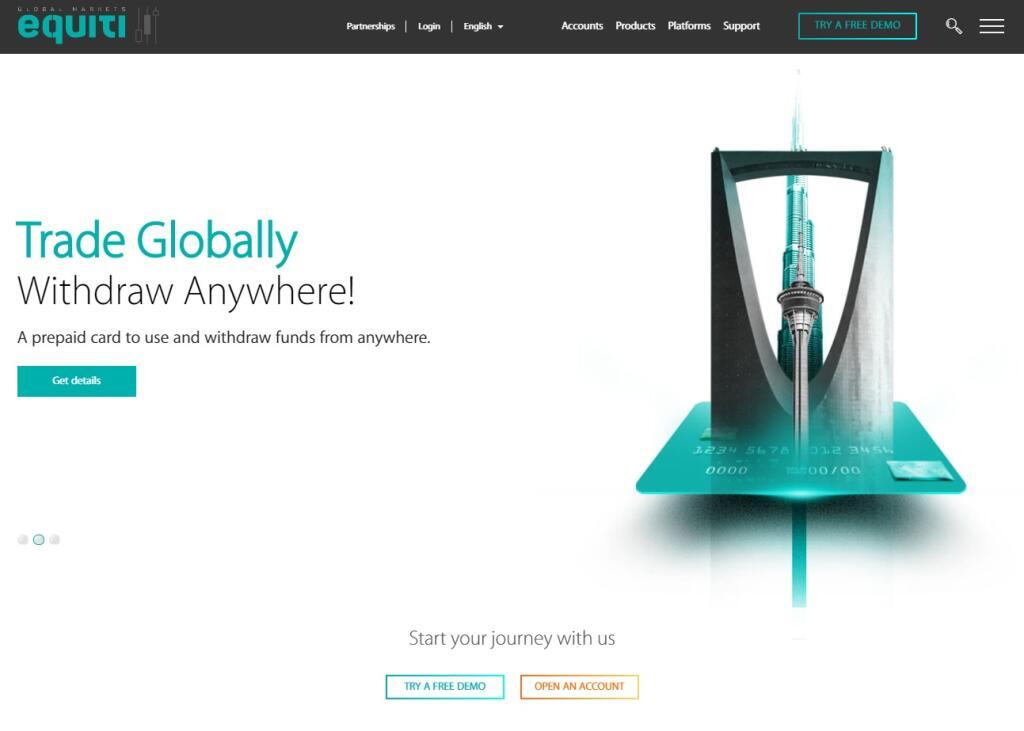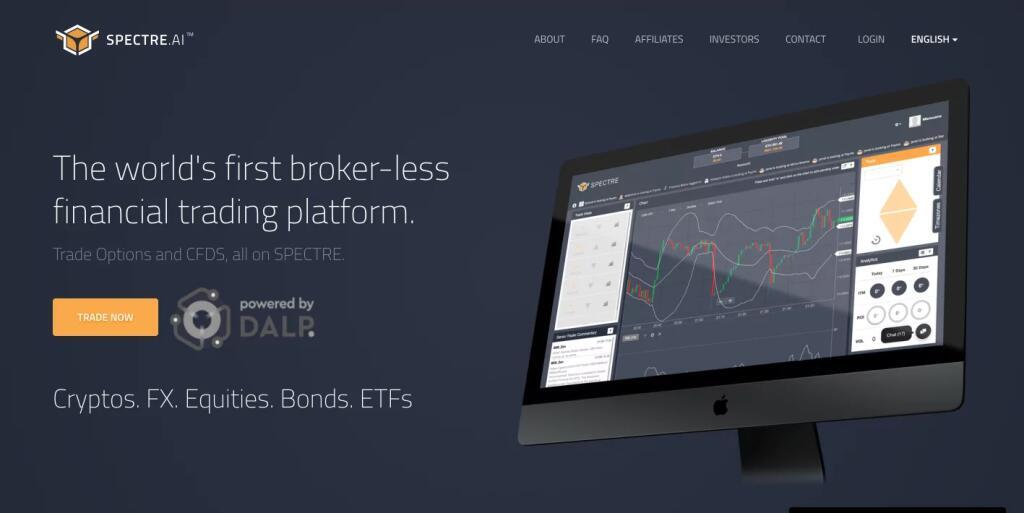
You can exchange one manufacturer’s supply for another based
on a model number. A tracking computerized system finally provides routine access to the locations of all quantities of items and initiates re-stocking orders. Firms use one of the three types of inventory systems as outlined below.
Anything that’s past raw material but before finished goods is considered WIP inventory. Frequent inventory write-offs can indicate a company’s issues with selling its finished goods or inventory obsolescence. This can also raise red flags with a company’s ability to stay competitive and manufacture products that appeal to consumers going forward. Some companies, such as financial services firms, do not have physical inventory and so must rely on service process management. Nonserialized inventory, such as faceplates, wire, and electrical type don’t have serial numbers.
Inventory has to be physically counted or measured before it can be put on a balance sheet. Companies typically maintain sophisticated inventory management systems capable of tracking real-time inventory levels. It is defined as the array of goods used in production or finished goods held by a company during its normal course of business. Depending on the type of business or product being analyzed, a company will use various inventory management methods. Some of these management methods include just-in-time (JIT) manufacturing, materials requirement planning (MRP), economic order quantity (EOQ), and days sales of inventory (DSI). There are others, but these are the four most common methods used to analyze inventory.
Table of Contents
How to Calculate the Total Amount of a Company’s Merchandise Purchase for a Month
Manufacturing inventory is an essential component of any manufacturing business. It refers to the raw materials, work-in-progress, and finished goods that a manufacturer holds in stock to support its production process. The four types of inventory are raw materials, expenses or assets work-in-progress (WIP), finished goods, and maintenance, repair, and overhaul (MRO) inventory. Knowing which items belong to which category allows you to optimize your operations and account for each step of the production process more efficiently.
- Some companies like manufacturers have to manage several inventories in separate classifications for efficient inventory tracking.
- Indirect raw materials are the components that are not part of the final products but are used during the production process.
- To achieve these balances, firms have developed several methods for inventory management, including just-in-time (JIT) and materials requirement planning (MRP).
An equilibrium is reached that allows the plant to run without holding absurd inventory. The efficiency cost is compared with carrying excess inventory cost to strike an optimum balance between coordination in the system and inventory level. Cycle inventory is a term used to describe the items that are ordered in lot sizes and on a regular basis. Cycle inventories are usually materials which are directly used in the production or they are part of some regular process.
What is flow of manufacturing costs?
If demand unexpectedly spikes, the manufacturer may not be able to source the inventory it needs to meet that demand, damaging its reputation with customers and driving business toward competitors. Even the smallest delays can be problematic; if a key input does not arrive “just in time,” a bottleneck can result. In the past, all businesses tracked inventory manually by counting the items in stock. Small businesses that carry inventory levels today could still use the manual system. A worker goes through a checklist, counts every item, writes the results, and then enters those quantities in a spreadsheet. The information is later used for reordering materials as required.

Manufacturing inventory, or production inventory, is all of the supplies and materials on hand meant for the manufacturing of products. Retailers and wholesalers have inventories that include only items ready to sell, or merchandise inventory. For example, a ski manufacturer using an MRP inventory system might ensure that materials such as plastic, fiberglass, wood, and aluminum are in stock based on forecasted orders.
Manufacturing industry
Inventory refers to all the goods, items, and materials purchased or manufactured by a business for selling to the customer to make a profit. All companies need to maintain inventory to fulfill their customer’s demand. Manufacturing inventory must be properly planned to ensure the correct amount is available for use at all times. This inventory must also be cared for or you risk losing valuable inventory and damaging your relationships with your customers.

The benefit to the customer is that they do not expend capital until it becomes profitable to them. This means they only purchase it when the end user purchases it from them or until they consume the inventory for their operations. They could be few, but their value is over 50% of the total value of inventory. Of course, making a couch isn’t as simple as throwing foam and leather on top of a frame. The company also requires tools, screws, glue, staples, and leather wax to manufacture the couches.
The Relationship Between Operating Income & Ending Inventory
This constitutes a strict definition and only includes everything from your raw materials to finished goods that will eventually end up in your customers’ hands. Just in time inventory endeavors to manufacture precisely what’s needed to fill demand. By manufacturing only what demand requires, production costs go down while production quality (typically) goes up. Remember that inventory is generally categorized as raw materials, work-in-progress, and finished goods.
Types of Inventory Management Techniques for A Leading Designer Toys Manufacturer – Yahoo Finance
Types of Inventory Management Techniques for A Leading Designer Toys Manufacturer.
Posted: Fri, 01 Sep 2023 22:00:00 GMT [source]
In this method, the material is grouped into three categories according to its value. Immediately inventory enters the business and is moved, used, thrown out, or sold, the central system updates abruptly. Large companies like automobile manufacturers engage freight consolidators to consolidate their transit inventories from different locations to one shipping area, thereby enjoying economies of scale. Today, automated inventory software platforms do all the heavy lifting.
Guide to Understanding Accounts Receivable Days (A/R Days)
For instance, Katana’s live inventory management features allow you to keep track of materials across multiple warehouses and bring all your teams on the same page. Give Katana a try and send your inventory management problems to the stratosphere with a riskless 14-day free trial. There are plenty of strategies when it comes to managing your inventory.
A half-assembled airliner or a partially completed yacht is often considered to be work-in-process inventory. At the same time, inventory can be thought of as a liability (if not in an accounting sense). A large inventory carries the risk of spoilage, theft, damage, https://online-accounting.net/ or shifts in demand. Inventory must be insured, and if it is not sold in time it may have to be disposed of at clearance prices—or simply destroyed. Nonserialized inventory is often accounted for in bulk by units of measure such as feet, pounds,
dozen, and so on.
The Benefits of Inventory Management
Inventory consists of a significant investment of the business’s cash. A suitable type of inventory management is put in place because of the inventory’s investment and value. The company needs to track the inventory movement as close as possible. When the two costs equalize, setup/ordering costs and carrying/holding costs, the total cost (the two costs sum) is reduced. The excess material ordered is held in inventory in an attempt to achieve a minimization point.
